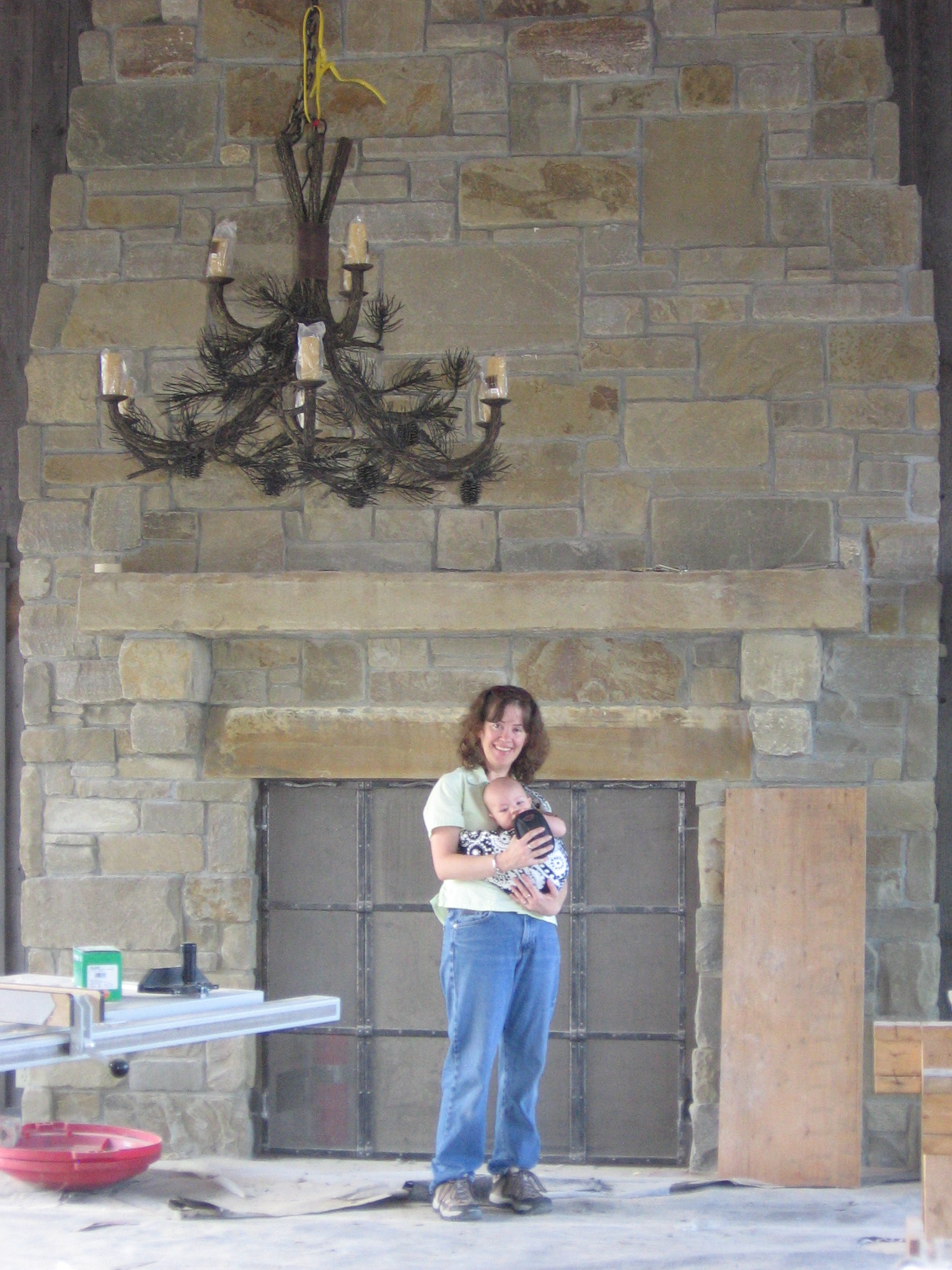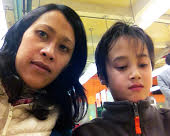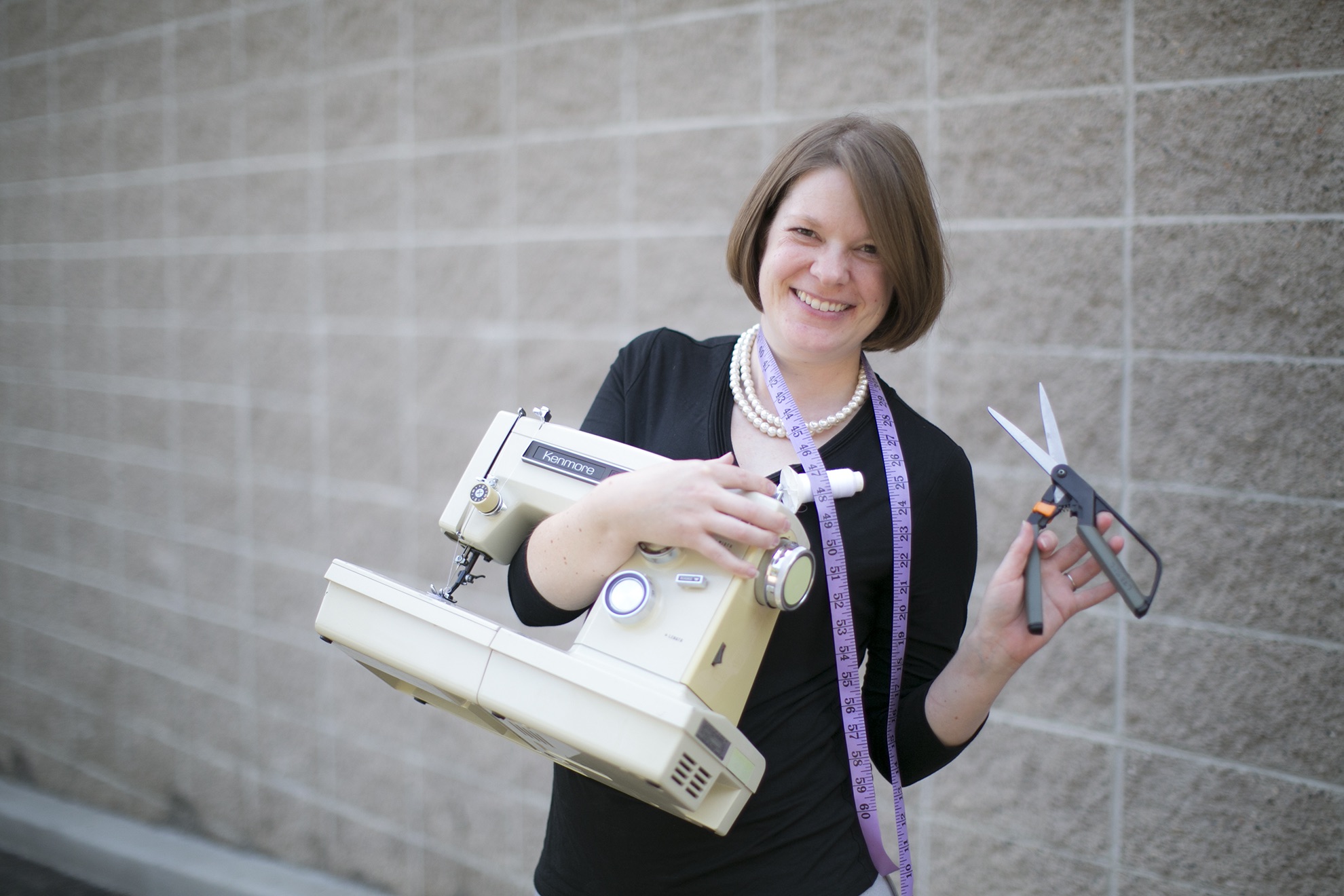11:39 a.m. For the purposes of this post and its architect-readers, I decided to track the time it takes to complete certain tasks that are unique to being an architect, an archi-mom, etc. Efficiency is key. So far, and according to the stopwatch on my phone:
- Renew NY State Architecture License. Took 3 minutes 41.7 seconds to email the board with a follow up.
- Renew NCARB Certificate. Took 9 minutes 53.2 seconds to determine that my NCARB certificate is good for another year.
- Double check on LEED-AP BD+C status online. A longer story. I’ll just note for the record that this took 19 minutes 4.9 seconds.
- Order groceries online. Took only 2 minutes 57.4 seconds to order a week’s worth of groceries for our family of four. Not sure about the eco-friendliness of the Fresh Direct truck, but it can’t be worse than me driving around on multiple trips in a fifteen year old minivan.
12:28 p.m. Reviewed three decades of poetry I’ve written and decided it is time to write more, to not recycle the old. Still have to lay out all the index cards with the new story ideas. At one point in my writing process I equated it to an architectural design and construction project, and tracked my writing and editing progress accordingly. For the first novel, I’d say that Construction Documents have been completed. The novel still needs to be filed and bid. For the second novel, I’d say I’m in early Schematic Design. A lovely phase.
12:53 p.m. Sat down for a few minutes with the new This Old House magazine that arrived, along with a light lunch. Was impressed by two bathroom renovations featured in the magazine. Also, when did This Old House begin running Viagra ads?
1:07 p.m. Read through some more of the Day in the Life of an Architect blogs inspired by Bob Borson and the Archimom posts curated by Rosa Sheng. Rosa asked what my Secret Sauce is. I would say, meditating. Today I was too sleepy with jet lag and kept nodding off, hence the guided meditations I listened to instead. As an architect, I find that meditation has an interesting effect on one’s sense of space: it alters it. Light and shadow are more clearly defined. Sensitivity to air currents, smells and sounds are heightened. It’s not just during the meditation. It’s after. Definitely a Secret Sauce. And it’s one I’m happy to share.
Rosa also asked about ten things I do every day, or even on an atypical day. I do these regularly now that I’m writing more and designing less. When I get back into my next design project, I will take these writing practices with me. I think the practices will make me a better architect. It’s because writers notice details in a way that is slightly different from architects. At least, this writer-architect does.
Here are the ten:
- Meditate.
- Involve myself with music.
- Carry my own homemade food.
- Spend time outside, regardless of the weather.
- Take photos on my phone, write little vignettes about where I am, draw small sketches – no matter what’s going on. Every day.
- Appreciate the sky, and let my gaze soften on it.
- Drink a warm beverage (or two or three or four).
- Jump into the creative stream and go with it.
- Set goals, write them down, create grids, fill them in.
- Celebrate small milestones.
2:22 p.m. Kids will be home soon. For me, now: a hot drink and a review of the index cards, some note-taking based on the inspirations that accompanied my walk. I often walk with index cards and a pen for that purpose, but it was too chilly today to stop and write. Most of my musings in the past few days have been on the idea of the horizon, so that will probably show up in a future novel.
2:56 p.m. They’re home and they’re reading books. This is typical. I will read for a few minutes as well. I’m currently half way through Laraine Herring’s Writing Begins with the Breath. And she’s right, it does. I wonder if I would say the same of architecture. I used to say that design began with people. Now, I’d say it’s for people and is formed by people, but that it begins with an inspiration. And inspiration begins with the breath. So there you go.
3:12 p.m. Kids usually begin homework at 4:00 or 4:30 but today, youngest is asking to begin right away. Helps to have diligent and interested kids! We’re very fortunate to be part of an excellent public school system.
4:16 p.m. It’s time to do some housework. I will go from room to room in some kind of methodical way, or I will use my friend Ann’s Bingley Gallop’s Feng Shui method of picking up 27 things. Twenty-seven is magical. Seems to work: by the time you’ve reached 27, you’re on a roll and you get the whole job done with ease. Moving 27 things has led to rearranging furniture. An occupational hazard?
5:11 p.m. Quiet day in the house, and the kids are in a bookish mode. Wonder where they get that from? Dinner soon. Since it is nearing the end of the official work day, I will check on the status of the agents and my novel. I’ve heard back from two agents. One is interested to read more, and another is not interested but thinks another agency might be, and gave me their information. Also, an indie publisher is interested to read more. It is all at that not-yet-gelled stage, but it will get there. The first book has a focus on fracking – hydraulic fracturing. The second one (in progress) has a focus on medical marijuana. The third one, which I’m still brainstorming, will have a focus on high speed transport. I’m tackling all of these issues through the lens of architecture (yes, even the medical marijuana one). My mode of storytelling is to leave the reader in a position to make up her own mind, to allow him to indulge in multiple viewpoints.
Today is the day to clear out the inboxes of stuff I have been waiting to resolve. Here we go:
- Declined to be part of a reality TV show that features New York area architects. I still can’t tell if it was a legitimate proposal. Plus, I’m not designing right now. They could follow me and my index cards around for meditative walks! That would make for exciting television.
- Redirected a persistent fan’s query. I have a loyal band of followers on Twitter and Facebook who send me questions on everything from writing to meditation to how to arrange the furniture in their children’s bedrooms.
- Received a Request for Proposals for NYC Hurricane Sandy-related design services. I am not interested in pursuing it, but it reminded me that I let my New York City WMBE certification application lapse when I left work in Manhattan last year. I’m happy with that decision for now.
Kids are still reading and doing homework. They’re not usually this quiet. They’ve had a few days of back-to-back playdates and dinners out, while I’ve been away. In the past we’ve had a mix of babysitters, au pairs and school aftercare to provide the backup. While I was away this past week, we relied on school, friends and neighbors to cover the time my husband was out of the house. It was good, but tiring for the kids to go from home to home. They are ready for downtime.
5:45 p.m. Dinner! The kids are not so chatty today. Makes it feel all the more important to be here with them, to capture and enjoy the flow of conversations when they do occur. I’m glad for our family flexibility in that.
6:15 p.m. Time to clean up the kitchen. The kids often help but today they are back to homework. The feminist in me used to struggle with housework. The realist in me says, hey, it gets done when it gets done. The householder in me says, get it done. I like to think of myself as a householder when it comes to these matters, and I am reminded of Nobel Laureate Rabindranath Tagore’s idea of The Householder. It’s complex and Bengali, and being somewhat complex and partly Bengali myself, I can relate. I’ll have to look up the reference. Was it in a poem? A short story? I muse while I clean.
6:35 p.m. My husband is running late! A last-minute issue needs attention at the office in the city.
9:27 p.m. Kids finally in bed with lights out and door closed. Almost an hour later than bedtime; youngest was inconsolable over missing Dad who is finishing up at the office. They have a close bond, my three. My husband should be home in an hour, his work almost complete.
Why am I sharing these little details? Because when I was thinking of going into architecture school, and when I was in architecture school, and even after architecture school, people rarely talked about how the stuff of everyday life gets done. I want to share with others who are on the various parts of the trajectory, that it does get done, bit by bit, and not all at once. It gets done because we want it to, and because we want others to share in it as well. Not just for the sake of doing it, or for its completion, but for enjoying it, too. It’s a life by design, and it is a flexible one at that.
Maia Kumari Gilman, Registered Architect, LEED-AP BD+C
www.maiakumarigilman.com























